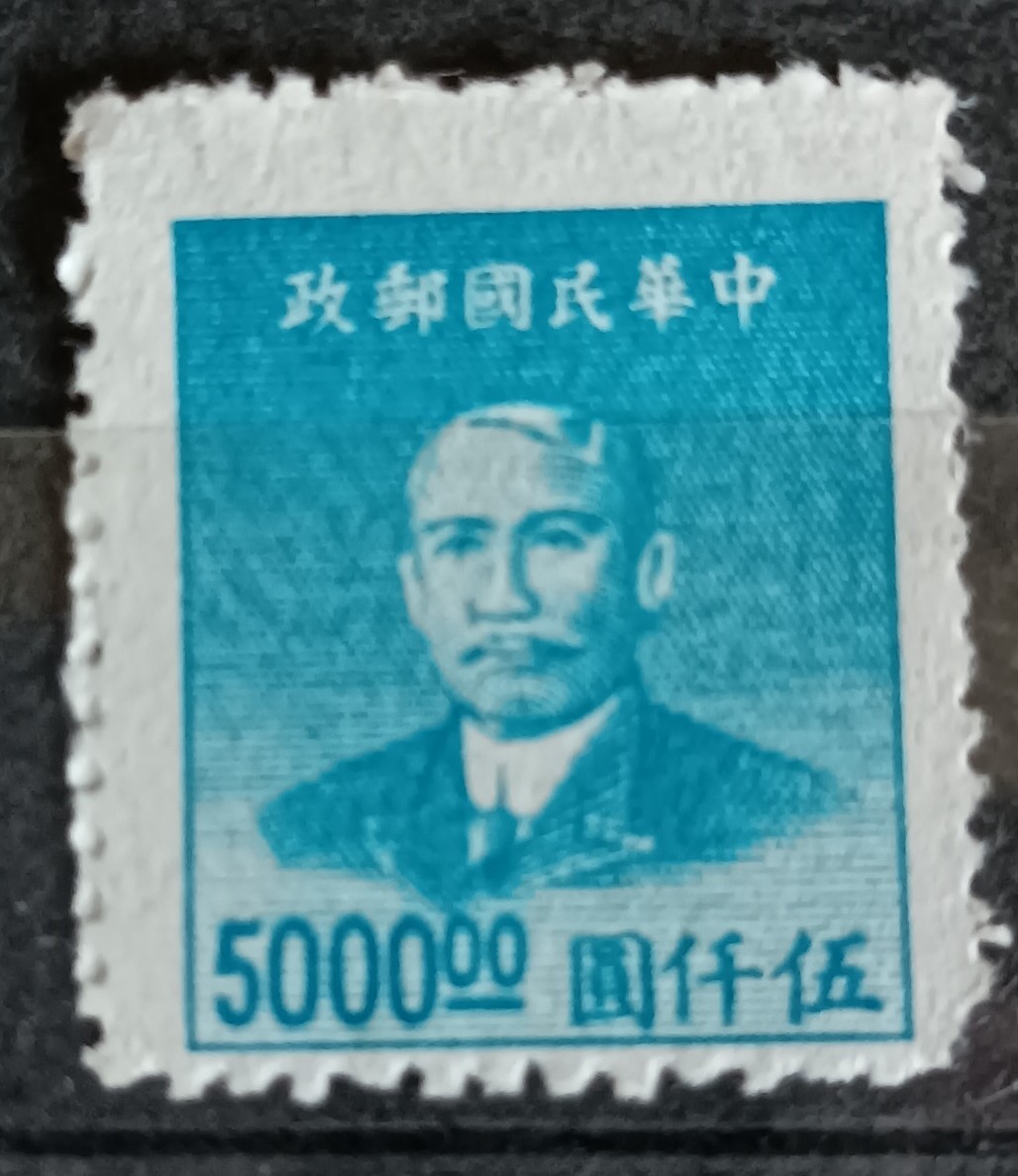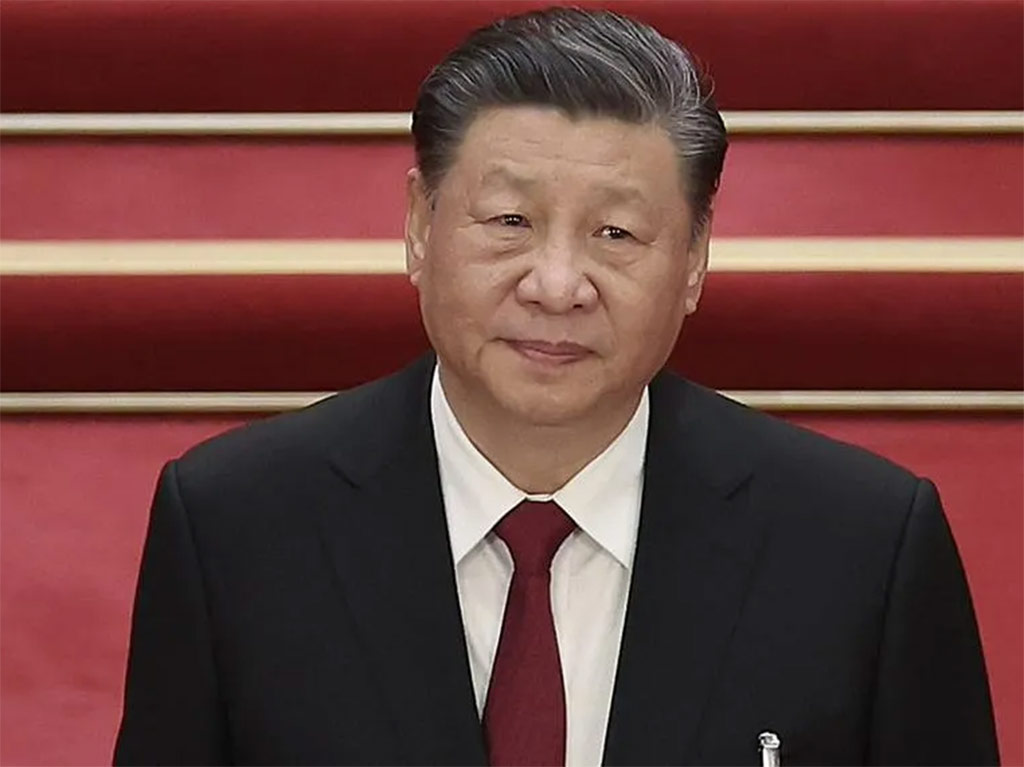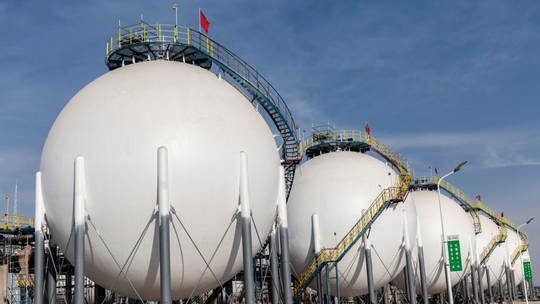LHASA, Feb. 26 (Xinhua) -- More trees and expanding grasslands have covered southwest China's Tibet Autonomous Region over the years, thanks to central and local government's afforestation efforts, official figures showed.
As a pilot zone for high-altitude tree planting projects, the regional capital Lhasa has carried out various scientific research efforts since 2012.
Over the past decade, more than 30 species suitable for planting on the plateau have been screened and planted, according to Hu Zhiguang, deputy director of the regional forestry and grassland bureau.
In 2021, the largest afforestation project in Tibet was launched. According to the plan, the project is expected to complete afforestation of about 2.07 million mu (137,800 hectares) by 2030.
After completion of the project, the annual increase of newly-added water storage will reach 49.8 million tonnes, carbon sequestration 229,100 tonnes, and oxygen release 193,000 tonnes, respectively, which will create an annual ecological value of over 1.48 billion yuan (about 215.4 million U.S. dollars).
With an average altitude of 4,500 meters, Nagqu on the northern Tibetan plateau was once the only city in China without trees. Following nearly 20 years of exploration, scattered trees have survived and are growing in the yards of some government departments and next to some roads.
The central government has since 2012 invested an accumulated 12.7 billion yuan in building an ecological security barrier in Tibet, according to Shui Yanping, deputy director of the regional department of ecology and environment, adding that the forest coverage rate increased to 12.31 percent, while the comprehensive vegetation coverage of grassland reached 47.14 percent.
Statistics show that in 2022, Tibet completed afforestation of some 1.18 million mu and restored over 4.37 million mu of degraded grassland, with 50 percent of its land area classified under ecological protection.



